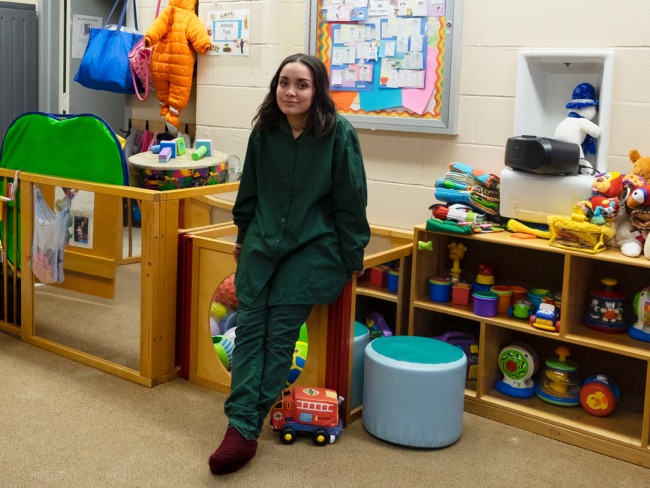Incarcerated LGBTQ+ Adults and Youth
This brief examines the criminalization and over-incarceration of LGBTQ+ people in the United States, highlighting the drivers of overrepresentation and presenting recommendations for reform.
Related to: Incarceration, Gender Justice, Youth Justice, Sentencing Reform

This fact sheet examines the criminalization and over-incarceration of LGBTQ+ adults and youth. The LGBTQ+ population is comprised of people with non-heterosexual identities—those who are lesbian, gay, bisexual, and others—and people with non-cisgender identities—those who are trans and gender non-conforming. LGBTQ+ adults are incarcerated at three times the rate of the total adult population. LGBTQ+ youth’s representation among the incarcerated population is double their share of the general population.
Approximately 124,000 adults self-identify as lesbian, gay, or bisexual in U.S. prisons and jails, and over 6,000 adults self-identify as trans in state and federal prisons. LGBTQ+ youth’s representation among the incarcerated population—at 7,300 youth—is double their share of the general population. Women and girls drive the higher representation of LGBTQ+ people in prisons, jails, and youth facilities—as do LGBTQ+ people of color.
LGBTQ+ people experience high rates of homelessness, poverty, unemployment, discrimination, and violence—factors which drive their overrepresentation in the criminal legal system. In both adult and youth facilities, imprisoned LGBTQ+ people face physical, sexual, and verbal harassment and abuse, as well as a lack of gender-affirming housing, clothing, personal hygiene products, medical care, and mental health treatment. To help alleviate these harms, states and the federal government should repeal laws that criminalize LGBTQ+ people, limit the use of solitary confinement, mandate access to gender-affirming health care in correctional facilities, and invest in drug and mental health treatment and reentry programs for LGBTQ+ youth and adults.



